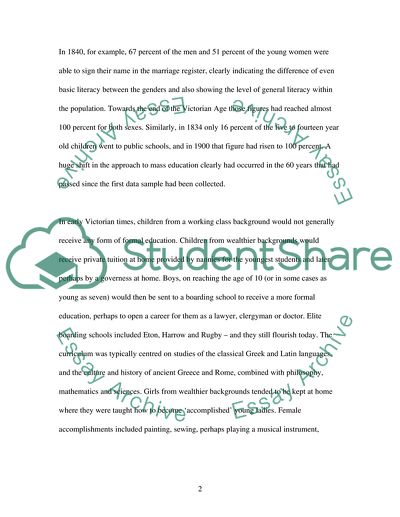Cite this document
(Education by Class, Gender and Religion in the Victorian Era Essay, n.d.)
Education by Class, Gender and Religion in the Victorian Era Essay. Retrieved from https://studentshare.org/history/1730726-examine-how-social-policy-was-shaped-in-the-victorian-era-in-education
Education by Class, Gender and Religion in the Victorian Era Essay. Retrieved from https://studentshare.org/history/1730726-examine-how-social-policy-was-shaped-in-the-victorian-era-in-education
(Education by Class, Gender and Religion in the Victorian Era Essay)
Education by Class, Gender and Religion in the Victorian Era Essay. https://studentshare.org/history/1730726-examine-how-social-policy-was-shaped-in-the-victorian-era-in-education.
Education by Class, Gender and Religion in the Victorian Era Essay. https://studentshare.org/history/1730726-examine-how-social-policy-was-shaped-in-the-victorian-era-in-education.
“Education by Class, Gender and Religion in the Victorian Era Essay”, n.d. https://studentshare.org/history/1730726-examine-how-social-policy-was-shaped-in-the-victorian-era-in-education.


